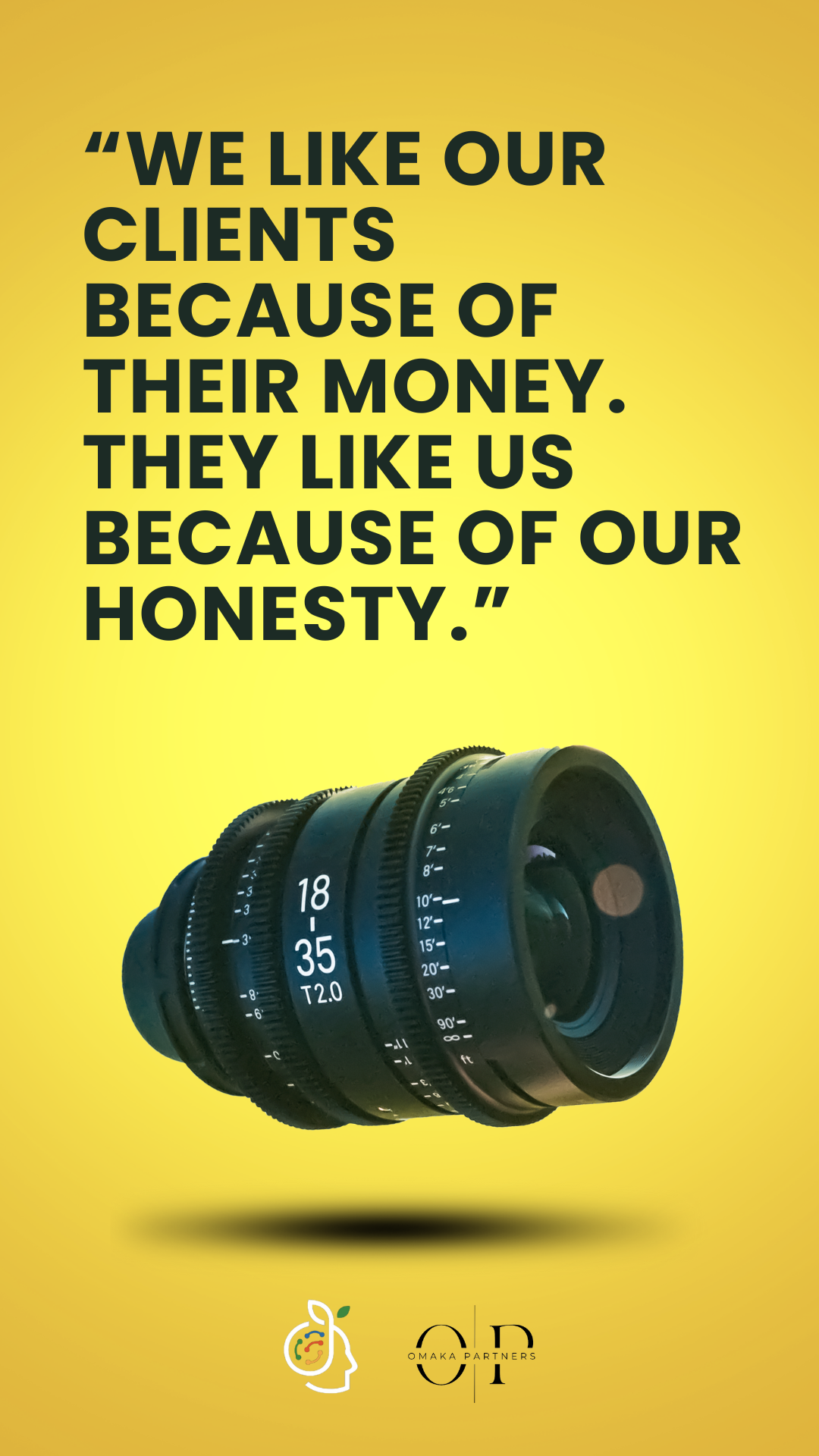Entertainment
’90 Day Fiancé’ Recap: Brandan Reveals Past Suicide Attempt on August 29, 2023 at 1:08 am News

Mary and Brandan’s obsessive relationship continues to alarm viewers.Mary and Brandan’s obsessive relationship continues to alarm viewers.
News Read More
Advice
The Impact of Editing in Filmmaking
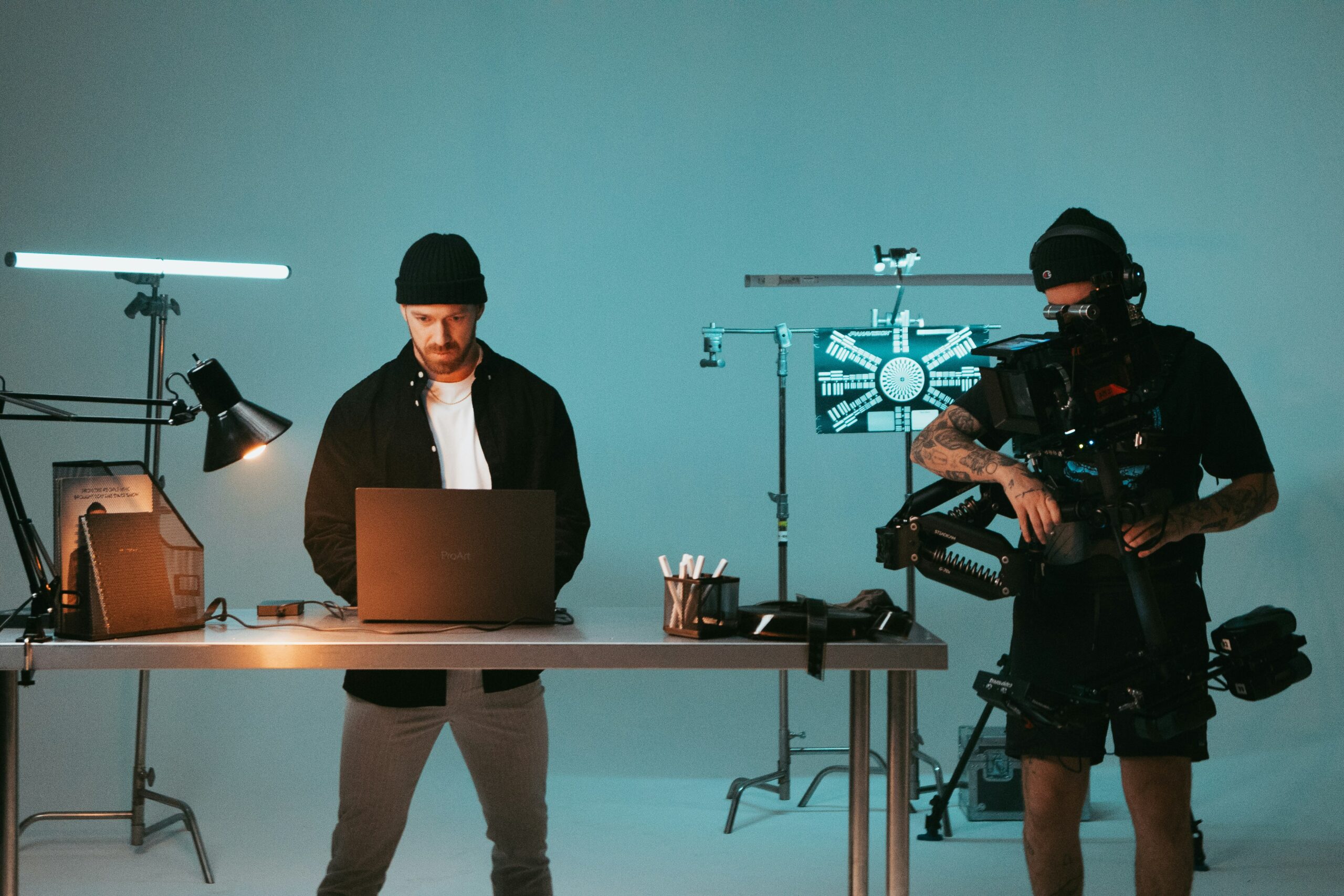
Film editing is often called the “invisible art,” as its goal is to immerse the audience so completely in the story that they forget they’re watching a constructed sequence of shots. The editor’s role is both technical and creative, crafting the narrative by selecting, arranging, and timing scenes to enhance the director’s vision. Through pacing, rhythm, and visual continuity, editors influence how a story unfolds and how audiences emotionally connect with it. This article explores the core techniques editors use to shape narratives and create meaning in film.
The Role of the Editor
The editor serves as a vital bridge between the script and the finished film, responsible for shaping raw footage into a coherent and engaging narrative. Working closely with directors, editors refine the structure of the story, selecting the most impactful scenes, arranging them logically, and creating a rhythm that maintains the audience’s attention. An editor must consider the emotional tone of each scene, balancing dramatic beats with moments of calm to ensure a dynamic viewing experience. Additionally, they solve technical and narrative challenges that arise during the production, adjusting scenes to enhance performances or resolve continuity issues. Above all, editors collaborate with directors, producers, and other departments, ensuring the finished film aligns with the shared vision of the team.
Pacing and Rhythm
Pacing is crucial to editing, as it dictates the story’s tempo and keeps the audience engaged. The pacing within each scene—whether it’s fast and intense or slow and reflective—serves the story’s needs and enhances its emotional impact. Editors achieve this by carefully timing each cut: fast cuts can create excitement in action scenes, while longer takes allow viewers to linger on powerful emotional moments. This careful manipulation of rhythm helps prevent the film from feeling monotonous or too chaotic. On a broader scale, pacing affects the story arc, with editors adjusting the flow of scenes to build tension, deliver climaxes, and provide moments for audiences to absorb emotional developments. Editors must also consider the emotional rhythm, balancing high-energy sequences with calmer scenes to give viewers time to breathe and process key moments, thereby sustaining their engagement over the film’s duration.
Cutting Techniques
Editors use a range of cutting techniques to guide the audience’s experience and to subtly direct their emotions and understanding. Basic cuts, like the hard cut, simply transition from one shot to the next, propelling the narrative forward. Match cuts, on the other hand, link two visually similar scenes, creating connections that can deepen the story’s meaning. Cross-cuts can heighten suspense by showing two parallel actions occurring simultaneously, while jump cuts disrupt continuity for stylistic or narrative purposes. Beyond basic cuts, editors employ more complex techniques to enhance storytelling. Rhythmic editing, for example, involves timing cuts to a musical beat or internal rhythm to create a visual flow, while psychological editing manipulates the perception of time or space to amplify suspense or tension. Together, these techniques allow editors to control the narrative flow and create specific effects, engaging audiences on both conscious and subconscious levels.
Scene Structure and Analysis
Each scene in a film is a self-contained unit that contributes to the larger narrative, requiring careful construction by the editor. Building an effective scene involves thoughtful choices about how it begins, develops, and concludes. The entry point of a scene establishes the setting, introduces characters, and sets the tone, often with a visual hook to capture the viewer’s attention. As the scene unfolds, editors select the best takes, manage the timing of cuts, and ensure performances are balanced, all while maintaining continuity. The scene’s resolution is equally important, as it provides an emotional or narrative payoff that leads smoothly into the next sequence. When analyzing scenes, editors consider how each one advances the plot, reveals character development, and impacts the viewer’s emotional journey. Consistency across scenes is crucial for maintaining narrative and emotional coherence, and effective scene analysis ensures that each moment in the film contributes meaningfully to the overarching story.
Collaboration with the Director
The relationship between the editor and director is essential to the filmmaking process. Clear communication and trust are necessary for editors to contribute their expertise while staying aligned with the director’s vision. Editors must understand the director’s goals and provide constructive feedback when needed, often suggesting alternative approaches to enhance scenes or solve problems. Effective collaboration allows for a dynamic creative partnership where both perspectives are valued, leading to innovative storytelling solutions. Establishing a structured workflow with regular feedback sessions helps streamline the process, ensuring timely reviews and revisions. By fostering an open dialogue, editors and directors can work together to create a film that aligns with the intended vision, balancing technical precision with creative inspiration.
Conclusion
Editing is an indispensable component of filmmaking, shaping narrative structure, controlling emotional tone, and enhancing the story’s impact. Through a combination of technical skill and artistic sensitivity, editors work with directors to refine pacing, structure scenes, and create seamless transitions, ultimately bringing the story to life. Mastering these techniques allows editors to turn raw footage into compelling narratives that resonate with audiences, proving that editing is not just a craft but a powerful form of storytelling.
Bolanle Media is excited to announce our partnership with The Newbie Film Academy to offer comprehensive courses designed specifically for aspiring screenwriters. Whether you’re just starting out or looking to enhance your skills, our resources will provide you with the tools and knowledge needed to succeed in the competitive world of screenwriting. Join us today to unlock your creative potential and take your first steps toward crafting compelling stories that resonate with audiences. Let’s turn your ideas into impactful scripts together!
Advice
Visual Storytelling: From Script to Screen

Visual storytelling is the core of cinematic expression, transforming a script’s words into immersive, visually-driven narratives that captivate audiences. This article dives into the essential elements of effective visual storytelling and how they work together to elevate the cinematic experience.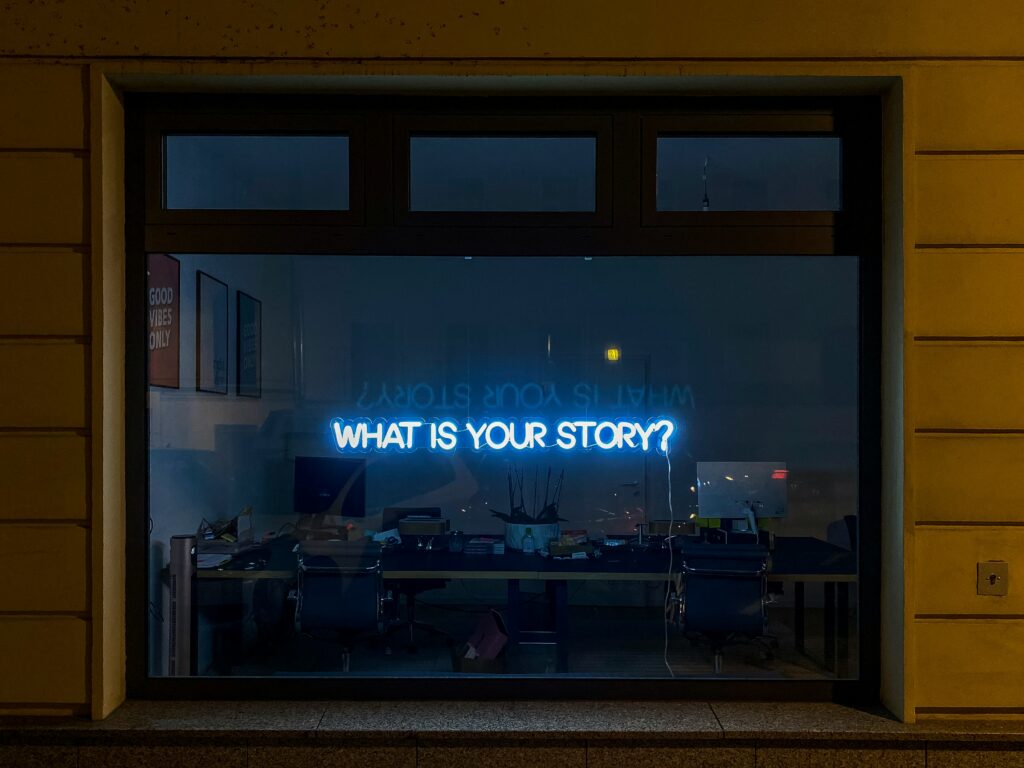
Storyboarding – The Blueprint of Visual Storytelling
Storyboarding is a foundational step, serving as the bridge between the script and the visual story. It enables the creative team to visualize each scene before filming, offering several essential benefits:
- Shot Planning: Directors and cinematographers pre-plan camera angles, movements, and compositions to optimize each frame.
- Resource Optimization: Teams can better estimate budgets, time, and technical needs, ensuring efficient use of resources.
- Clear Communication: Storyboards keep all departments aligned, fostering a unified vision for the production.
- Problem-Solving Tool: Potential technical or narrative challenges are identified and addressed in advance, saving time on set.
In modern filmmaking, digital tools and animatics have expanded storyboarding’s capabilities, allowing more detailed visualizations for complex sequences.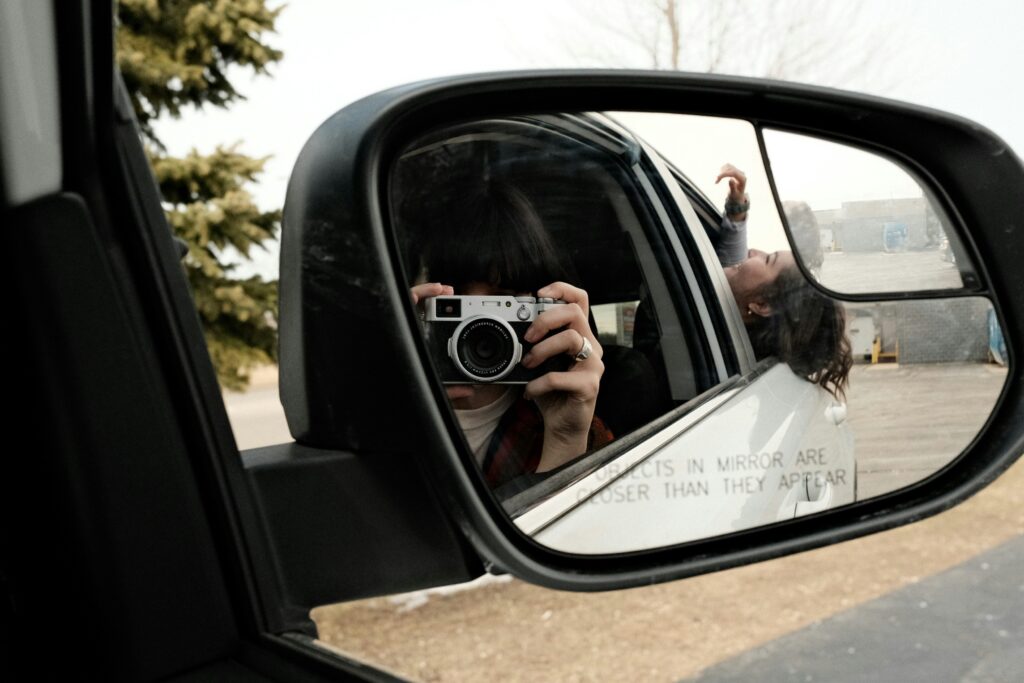
Cinematography – The Language of Visual Grammar
Cinematography is where the director’s vision takes shape, turning the storyboard into a sequence of dynamic images. Key aspects of cinematography include:
Camera Movement
Different types of camera movements evoke specific emotions or serve storytelling functions:
- Tracking Shots: Following a subject to build connection or reveal details.
- Dolly Moves: Creating emotional distance or intimacy with smooth zooms.
- Handheld Shots: Adding urgency or documentary-style authenticity.
- Steadicam: Balancing mobility with stability for a dynamic yet smooth shot.
Framing and Composition
The framing of each shot is crafted to direct attention and enhance visual appeal:
- Rule of Thirds: Aligning subjects for balance and viewer engagement.
- Leading Lines: Using geometry to naturally guide the viewer’s eye.
- Depth of Field: Focusing selectively to highlight emotions or settings.
- Negative Space: Using open space for dramatic or artistic effect.
Lighting – Setting the Scene’s Mood
Lighting is crucial to establishing mood, atmosphere, and focus. Several fundamental lighting techniques bring scenes to life:
Basic Lighting Techniques
- Three-Point Lighting: The classical approach involving a key light for main illumination, a fill light to soften shadows, and a back light for separation.
- Natural vs. Artificial Lighting: Choosing lighting sources based on the story’s tone.
- Practical Lighting: Using lights visible within the scene to enhance realism.
Lighting Styles
- High-Key Lighting: Bright and soft lighting for lighter tones.
- Low-Key Lighting: Dramatic shadowing for suspense or mystery.
- Silhouette: Backlighting to create intrigue or tension in a scene.

Color – The Emotional Palette of Visual Storytelling
Color conveys emotions and motifs that can subtly influence the audience’s experience. Key elements of color in film include:
Color Theory in Film
- Color Psychology: Each color has associations that can evoke emotions, like blue for calm or red for intensity.
- Color Harmony and Motifs: Consistent use of colors to enhance scenes or unify themes.
- Color Arcs: Evolving color schemes to reflect character development or story progression.
Color Grading
- Technical Color Correction: Ensuring consistency across shots.
- Creative Grading: Adjusting color tones to match the intended mood.
- Look Development: Establishing a distinct visual style, whether vibrant, muted, or contrasting.
Integration and Implementation – The Process of Visual Storytelling
A cohesive visual narrative requires careful planning, collaboration, and refinement throughout production:
- Pre-Production Planning: Initial storyboarding, mood board creation, and shot lists lay the groundwork.
- Production Execution: Coordinating departments, adapting to real-time conditions, and preserving consistency.
- Post-Production Refinement: Fine-tuning visuals through color grading, integrating effects, and final optimization.
Conclusion
Visual storytelling combines creative insight and technical skill, turning a script’s words into a memorable cinematic experience. By blending storyboarding, cinematography, lighting, color, and seamless integration, filmmakers can engage viewers, creating a lasting impact that resonates beyond the screen. Mastery of these principles, along with a readiness to adapt and innovate, is the essence of compelling visual storytelling.
Bolanle Media is excited to announce our partnership with The Newbie Film Academy to offer comprehensive courses designed specifically for aspiring screenwriters. Whether you’re just starting out or looking to enhance your skills, our resources will provide you with the tools and knowledge needed to succeed in the competitive world of screenwriting. Join us today to unlock your creative potential and take your first steps toward crafting compelling stories that resonate with audiences. Let’s turn your ideas into impactful scripts together!
Advice
Mastering Sound Design for Film
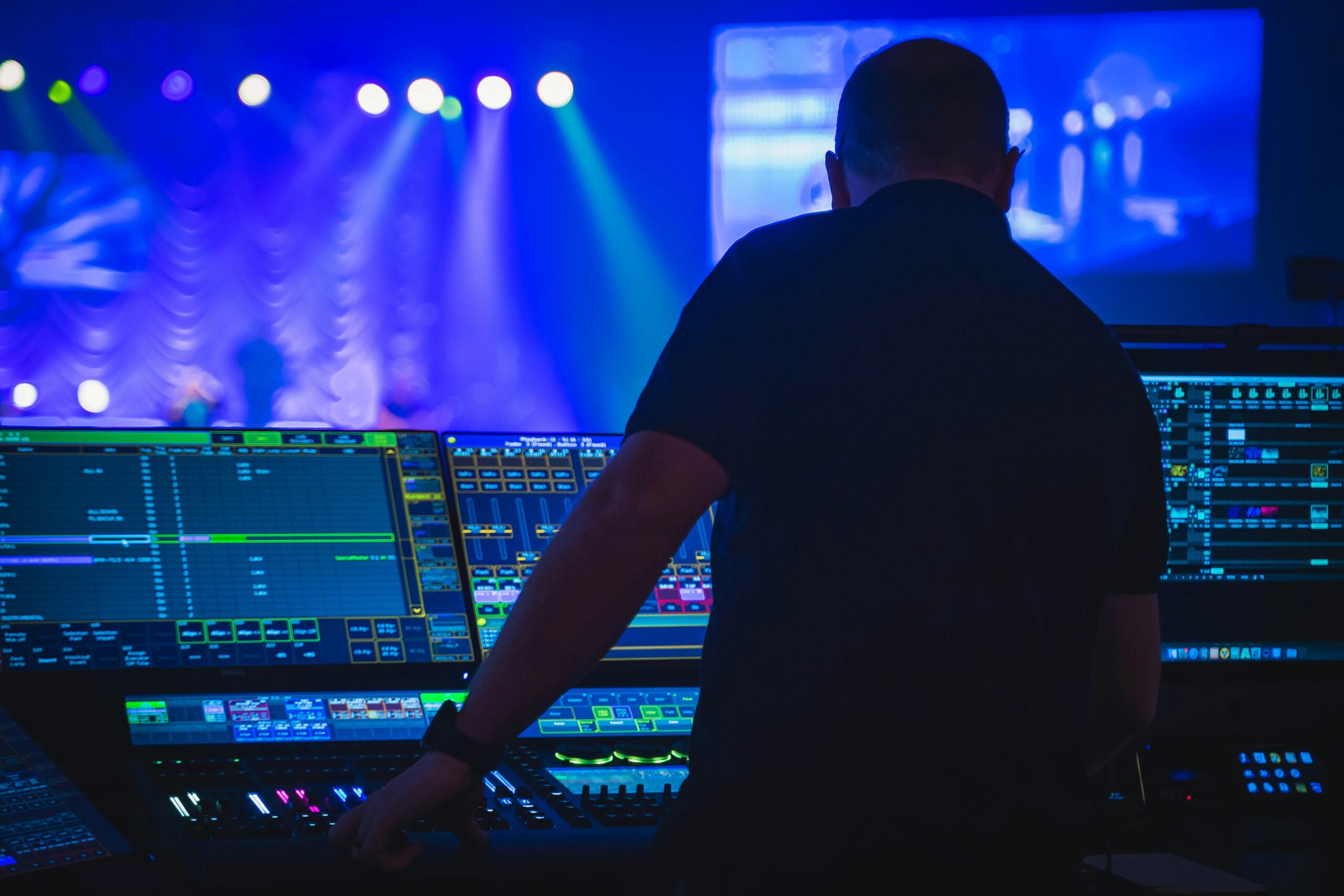
Sound design, often called the “invisible art,” plays a pivotal role in filmmaking. Although it may go unnoticed, sound can shape a viewer’s experience, evoking emotions, establishing atmosphere, and immersing audiences fully in the story. This guide dives into the essentials of sound design, from foundational techniques to creative applications, to show how audio can elevate your film.
Understanding the Fundamentals of Sound Design
Sound design is built on core audio elements. At its foundation are dialogue, sound effects, ambience, music, and silence—each a tool for setting the film’s tone. These components combine to create depth and meaning, transforming simple scenes into compelling experiences.
To work effectively with sound, it’s essential to grasp technical basics like frequency ranges, dynamic range, and signal flow. Understanding digital audio and acoustics further enables designers to create a clean, immersive soundscape that enhances every element of the story.
Crafting Immersive Atmospheres
Sound is key to creating a believable world. Through environmental sound, designers build the atmosphere of each scene, blending room tone, background activity, and location-specific details. This layer of sound grounds the audience, making them feel as if they’re inside the story rather than watching from afar.
Sound also creates emotional atmosphere, whether it’s tension in a thriller or tranquility in a drama. Strategic sound choices amplify emotions, subtly guiding the audience’s responses and enhancing the narrative. Through tonal shifts, subliminal sound effects, and progressions in the score, designers can establish a lasting emotional impact.
Designing and Integrating Sound Effects
Sound effects are a powerful way to add realism and emotion to film. Foley artists craft everyday sounds like footsteps or door creaks, while “hard effects” capture more distinct sounds like gunshots or explosions. These effects, alongside background sounds and signature elements, form the backbone of a film’s sonic identity.
To create these sounds, designers use recording techniques, manipulation, layering, and sound synthesis. Each effect is carefully processed and positioned within the mix, helping to enhance the film’s realism. The strategic integration of sound effects ensures that each sound feels authentic and aligns with the visual storytelling.
The Art of Mixing and Editing
The mixing and editing stage brings together the technical and creative aspects of sound design. Balancing levels, applying EQ, and adjusting spatial placement allows for a clean, cohesive mix that supports each scene. Creative choices made during mixing, like emphasizing certain sounds or shaping transitions, drive the story forward and draw attention to key moments. Every sound serves the narrative, whether it’s a subtle atmospheric effect or a powerful music cue. A thoughtful mix ensures that sounds blend seamlessly, while still providing dynamic range and clarity. This careful balance can make or break the audience’s immersion in the film.
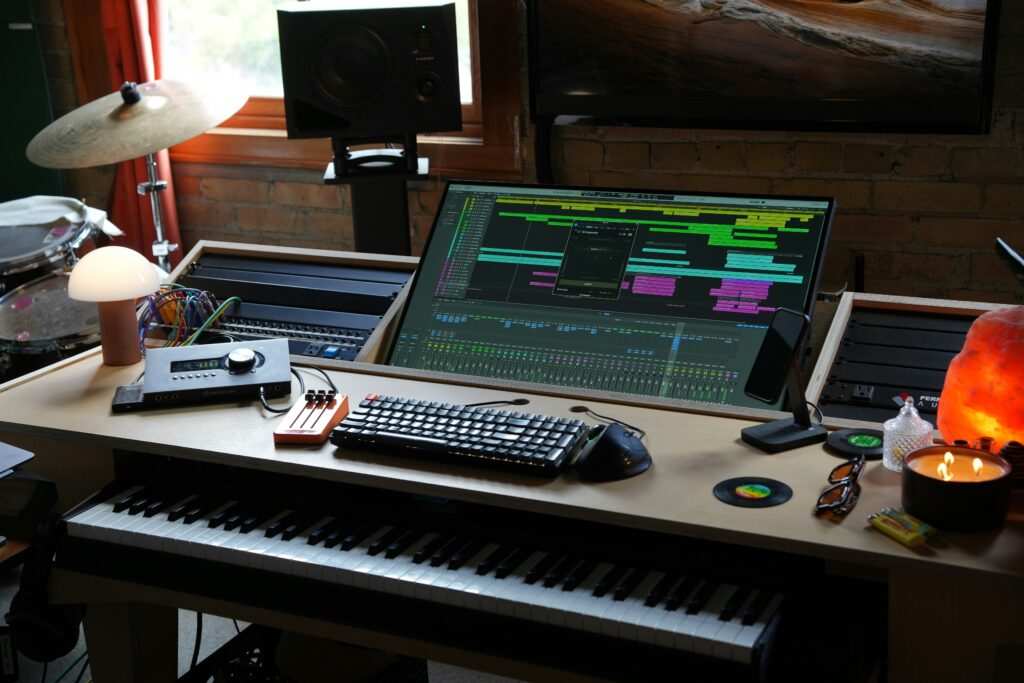
Advanced Techniques and Practical Implementation
Advanced sound techniques, such as spatial audio and immersive soundscapes, elevate a film’s auditory depth. Surround sound, binaural recording, and height channels create three-dimensional experiences that further immerse the viewer. For instance, object-based audio allows sounds to move independently, adding realism and enhancing the viewer’s connection to the scene.
The sound design process requires clear planning and teamwork. Asset management, workflow organization, and collaboration with other departments keep the production on track. Budgeting, equipment selection, and team communication are also essential to maintaining quality sound production without overspending.
Conclusion
Sound design is both a technical and artistic discipline that can elevate a film in ways often invisible to the audience. By mastering the fundamentals, building immersive atmospheres, and making thoughtful creative choices, sound designers transform stories and bring them to life. Embracing these techniques, along with ongoing practice and innovation, will help you create soundscapes that not only support the story but also resonate deeply with viewers, leaving a lasting emotional impact.
Bolanle Media is excited to announce our partnership with The Newbie Film Academy to offer comprehensive courses designed specifically for aspiring screenwriters. Whether you’re just starting out or looking to enhance your skills, our resources will provide you with the tools and knowledge needed to succeed in the competitive world of screenwriting. Join us today to unlock your creative potential and take your first steps toward crafting compelling stories that resonate with audiences. Let’s turn your ideas into impactful scripts together!
-
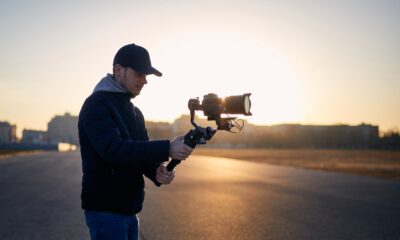
 Advice3 weeks ago
Advice3 weeks agoAdvice to New Filmmakers
-

 Advice2 weeks ago
Advice2 weeks agoHow Community Engagement Ignites Cultural Phenomena
-
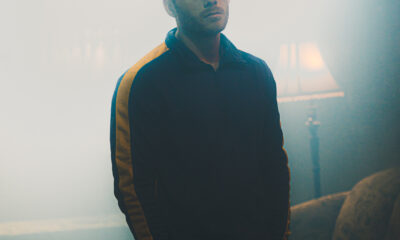
 Entertainment4 weeks ago
Entertainment4 weeks ago“Steps”: Laughter in Every Step
-

 Advice3 weeks ago
Advice3 weeks agoThe Power of Misdirection in Storytelling
-

 News2 weeks ago
News2 weeks agoThe Hemp Village’s Inaugural Brunch: A Celebration of Resilience and Community Spirit
-

 Advice3 weeks ago
Advice3 weeks agoHow Complex Characters Drive Engagement
-
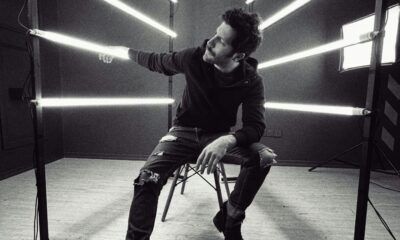
 Advice4 weeks ago
Advice4 weeks agoHow to Keep Audiences Hooked
-

 Entertainment4 weeks ago
Entertainment4 weeks agoVanessa Simmons: Addressing Mental Health in ‘She Wants My Life’



